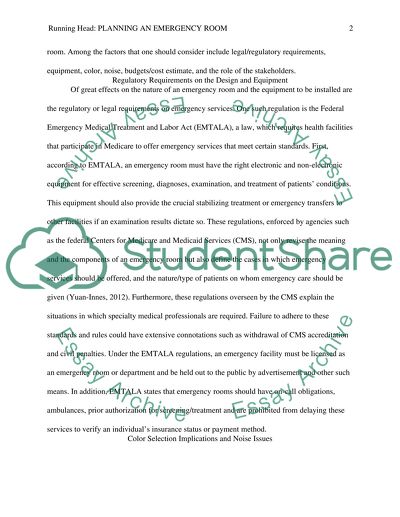Cite this document
(“Facility Planning an Emergency Room Essay Example | Topics and Well Written Essays - 1000 words”, n.d.)
Facility Planning an Emergency Room Essay Example | Topics and Well Written Essays - 1000 words. Retrieved from https://studentshare.org/health-sciences-medicine/1454266-facility-planning-yt-part-ii
Facility Planning an Emergency Room Essay Example | Topics and Well Written Essays - 1000 words. Retrieved from https://studentshare.org/health-sciences-medicine/1454266-facility-planning-yt-part-ii
(Facility Planning an Emergency Room Essay Example | Topics and Well Written Essays - 1000 Words)
Facility Planning an Emergency Room Essay Example | Topics and Well Written Essays - 1000 Words. https://studentshare.org/health-sciences-medicine/1454266-facility-planning-yt-part-ii.
Facility Planning an Emergency Room Essay Example | Topics and Well Written Essays - 1000 Words. https://studentshare.org/health-sciences-medicine/1454266-facility-planning-yt-part-ii.
“Facility Planning an Emergency Room Essay Example | Topics and Well Written Essays - 1000 Words”, n.d. https://studentshare.org/health-sciences-medicine/1454266-facility-planning-yt-part-ii.


